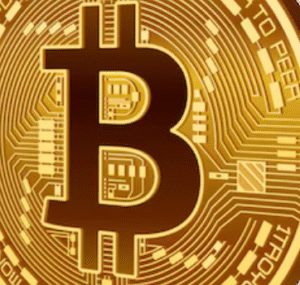$TATAMOTORS $INFY $BTC
#IndiaGDP #EconomicGrowth #IndianEconomy #GDPMiss #Markets #IndiaStocks #MacroEconomics #FinanceNews #EmergingMarkets #Investments #CryptoNews #GlobalMarkets
India’s second fiscal quarter GDP growth reading has sent ripples through investor sentiment, as the numbers fell short of analysts’ projections. The miss in growth raises questions about the resilience of the Indian economy, particularly at a time when it is being closely watched as a key driver of global growth for emerging markets. Major sectors in India, such as manufacturing and services, showed signs of deceleration, which has left both domestic and foreign investors grappling with the macroeconomic implications of this slowdown. Although the expansion was still robust compared to developed economies, the underperformance has tempered some of the exuberance surrounding India’s market potential. The disappointment also adds pressure to New Delhi’s policymakers to reassess existing economic strategies to ensure sustainable growth moving forward.
This GDP miss could have significant implications for India’s capital markets, where the Sensex and Nifty 50 had been hitting new record levels in recent weeks. A slower-than-expected economic trajectory could dampen corporate earnings across key industries, such as technology, auto, and financial services. For example, conglomerates like $TATAMOTORS and leading IT companies such as $INFY are particularly exposed. The challenging macro backdrop could lead to a tougher operating environment and muted performance outlooks for these firms. Global investors are likely to reprice expectations, resulting in increased volatility in Indian equities. Furthermore, foreign portfolio investors, who have been net buyers of Indian markets recently, may take a more cautious stance, seeking safety in less volatile investment destinations.
The GDP miss also raises important questions for India’s policy framework. While the Reserve Bank of India has maintained a stable approach to interest rates to balance inflation and growth, these weaker-than-expected numbers could prompt a rethink on forward guidance. Fiscal policies might also face increased scrutiny, as government spending will need to stimulate underperforming sectors without exacerbating fiscal deficit concerns. Analysts will be watching policy moves closely, as any misstep could risk derailing India’s medium-term growth prospects. On the global front, the slowdown in India is adding to concerns over emerging market performance at a time when the global economy is already grappling with uncertainty around inflation, energy prices, and geopolitical events.
In contrast, the crypto market, particularly Bitcoin ($BTC), could see a relative increase in interest among Indian investors looking to hedge against traditional equity risks and capitalize on alternative investments. With traditional markets facing headwinds, cryptocurrencies might offer a diversification play, even as India’s regulatory stance on crypto remains cautious. The larger narrative is clear: India’s economic performance is under heightened scrutiny, both domestically and internationally. Policymakers and market participants alike must navigate the road ahead carefully to maintain investor confidence, ensure stability, and foster sustained growth. From fiscal stimulus to structural reforms, all options will now be on the table.







Comments are closed.